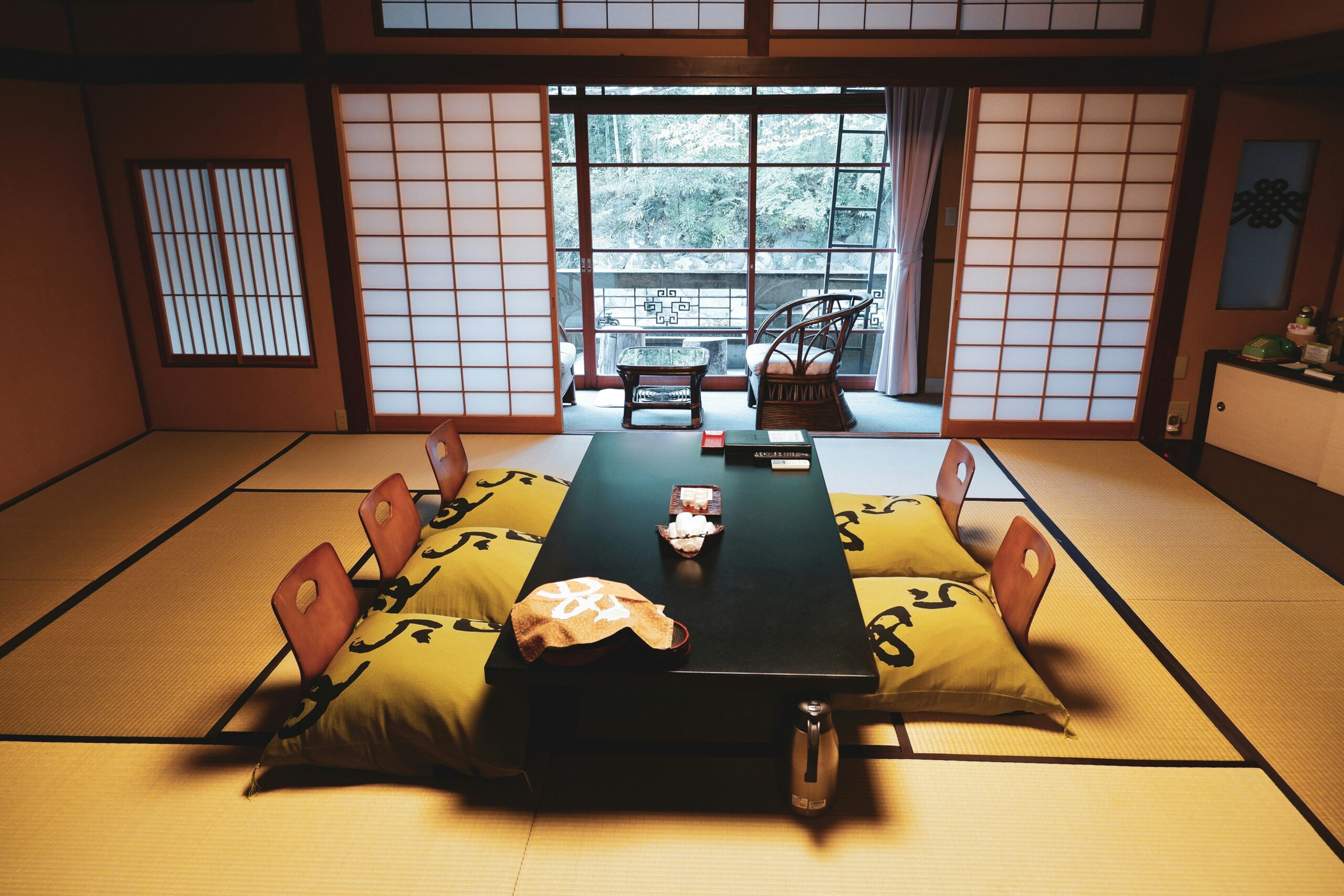When most people think of Japan, they picture the bright lights of Tokyo, iconic shrines, or the chaos of a morning train commute. And while I love the cultural energy of Japan’s cities, I’ve always been drawn to the idea of escaping that rush — to explore the peaceful, scenic side of Japan that often goes unnoticed by tourists.
In planning my future travels, I’ve been researching some of the best nature and outdoor escapes across the country. I’m not just talking about big-name destinations — I mean places where you can breathe deeply, slow down, and reconnect with nature. Whether it’s hiking through a mountain valley, soaking in an outdoor onsen, or exploring countryside villages straight out of a Studio Ghibli film, there’s something here for everyone craving a more authentic and refreshing side of Japan.
In this blog, I’ll be sharing some of the top spots for nature and outdoor escapes in Japan which I’ve discovered through hours of research, travel forums, and local insights — all places I’m genuinely excited to visit someday. Hopefully, this guide helps you plan your own off-the-beaten-path adventures across Japan!
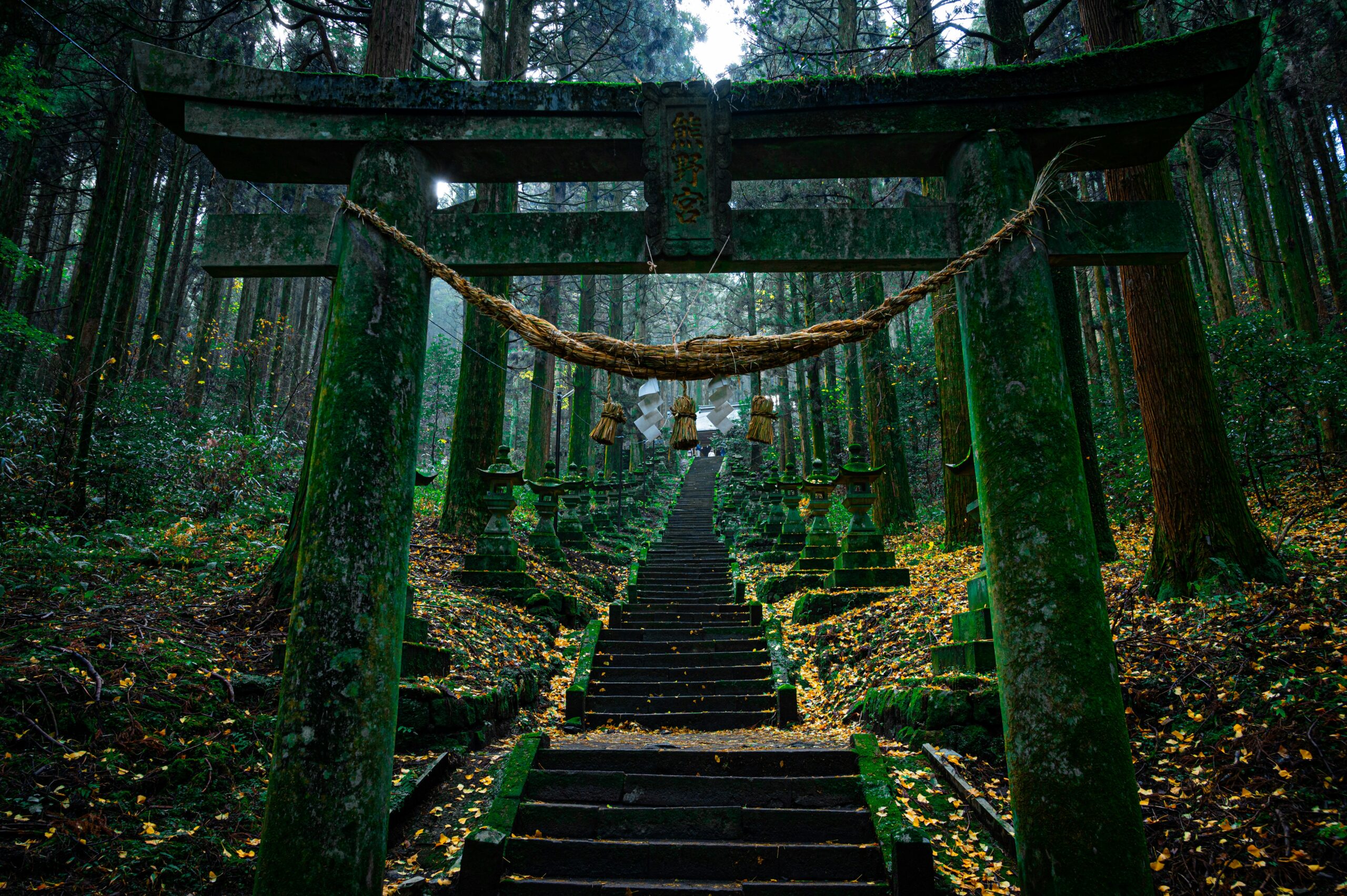
🏔️ Mountain Escapes in Japan
Japan is a mountainous country — about 70% of its landmass is covered by mountains, which means there are endless options for nature lovers looking to explore high-altitude beauty. During my research, I came across several incredible locations that offer everything from peaceful hiking trails to spiritual retreats in the clouds.
Here are three mountain regions that really stood out to me:
🗻 Mt. Fuji (Yamanashi & Shizuoka)
- Why it’s on my list: It’s impossible to talk about mountains in Japan without mentioning Mt. Fuji. While I don’t plan on climbing it (yet), I’ve read that the surrounding areas like Kawaguchiko offer incredible views without the effort.
- What I’m excited to do: Take photos from spots like Chureito Pagoda, explore the Fuji Five Lakes area, and maybe even relax in an onsen with Mt. Fuji in the background.
- Best time to go: I’ve seen recommendations for autumn, when the air is clearer and the colours are beautiful — but summer is the only season when climbing is officially allowed.
🏞️ Kamikōchi (Nagano Prefecture)
- Why it’s on my list: This place looks absolutely stunning. It’s a highland valley in the Japanese Alps with crystal-clear rivers, wooden suspension bridges, and views that look like they belong on a postcard.
- What I’m excited to do: Take the easy trails along the Azusa River, snap photos on the famous Kappabashi Bridge, and maybe build up to some of the more challenging hikes nearby like Mount Yake.
- Best time to go: Most sources say late spring to early autumn is ideal. The area is closed during winter, which is good to know while planning.
⛩️ Mount Kōya (Kōyasan) (Wakayama Prefecture)
- Why it’s on my list: Mount Kōya seems to be more than just a nature spot — it’s a deeply spiritual retreat. I came across it while reading about Shingon Buddhism, and it turns out the area is filled with temples and meditation spaces.
- What I’m excited to do: Possibly stay overnight at a shukubō (temple lodging), try shōjin ryōri (Buddhist vegetarian cuisine), and take a reflective walk through Okunoin Cemetery.
- Best time to go: Apparently autumn is incredibly beautiful here, but winter snowfall also gives it a serene, magical vibe.
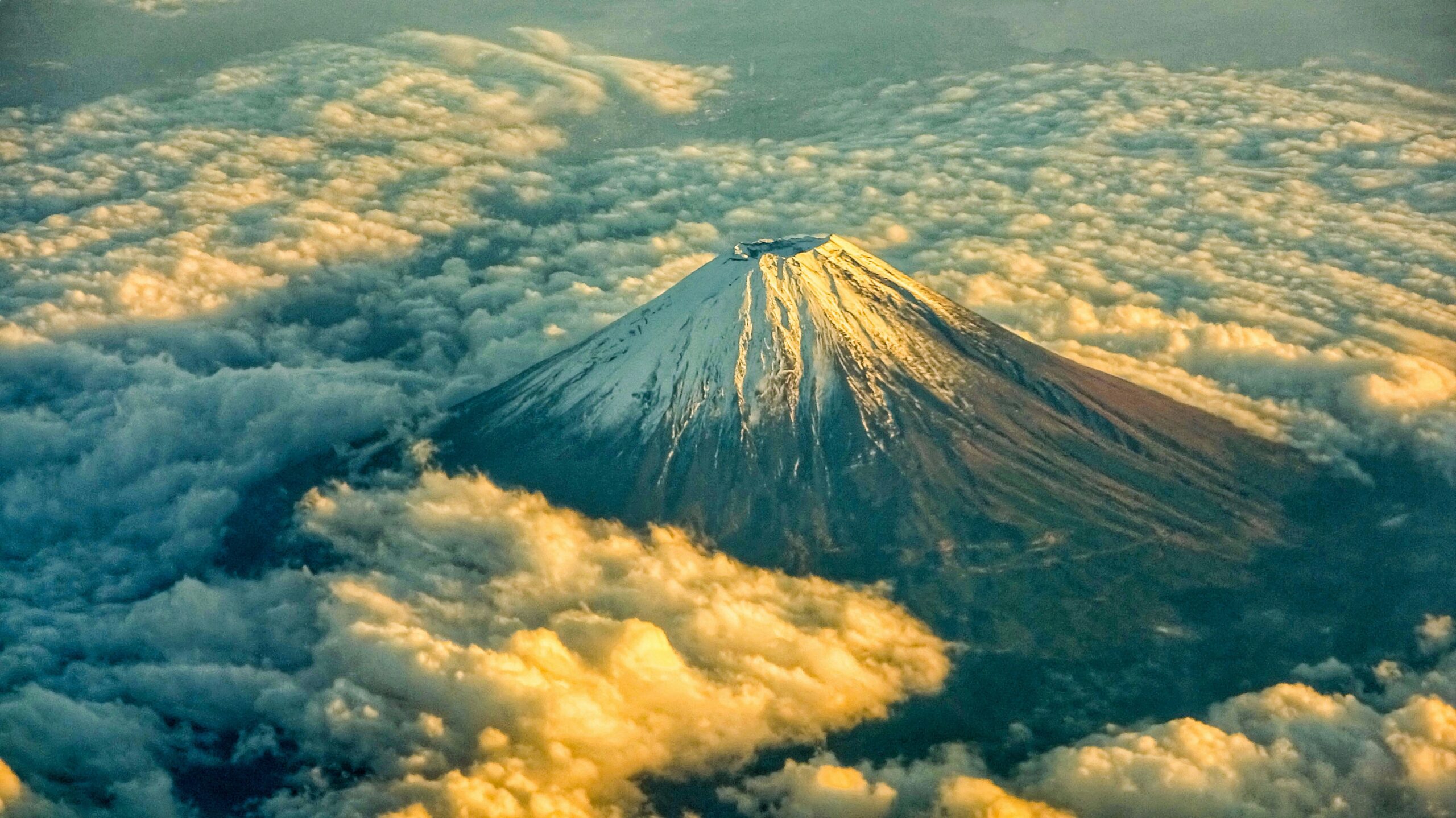
♨️ Peaceful Onsen Towns to Unwind In
One of the best ways to relax in Japan is by soaking in a hot spring surrounded by nature. Onsen towns offer the perfect blend of calm atmosphere, traditional charm, and restorative experiences. Some towns are tucked away in the mountains, others near the sea — but all offer a chance to slow down and take a deep breath.
These towns are especially great for anyone wanting a break from sightseeing or city life. I’ve gathered a few that really stood out for their serenity, scenery, and overall vibe — definitely on my must-visit list.
🏞️ Kusatsu Onsen (Gunma Prefecture)
- Why it’s on my list: Repeatedly ranked as one of Japan’s top onsen towns, Kusatsu is known for having the most acidic water of any onsen in Japan, which is believed to have powerful healing properties.
- What I’m excited to do: Stroll around the famous Yubatake (hot water field) in the town center, enjoy a public bath at Sainokawara Rotenburo, and maybe stay in a ryokan for the full experience.
- Travel tip: The town is accessible from Tokyo via limited express train and bus, and it’s especially beautiful during autumn or winter when surrounded by snow.
🏔️ Noboribetsu Onsen (Hokkaido)
- Why it’s on my list: Located in Hokkaido, this onsen town sits right next to Jigokudani (Hell Valley) — a volcanic crater with steaming vents and bubbling hot pools. It looks like something out of a fantasy novel!
- What I’m excited to do: Explore the walking trails through Hell Valley, soak in the diverse mineral waters of the onsen, and maybe try the famous black egg (cooked in natural hot spring water).
- Best time to go: I’ve read that winter is magical here — you can bathe in an outdoor onsen while snow falls all around you.
🌸 Kinosaki Onsen (Hyōgo Prefecture)
- Why it’s on my list: Kinosaki is famous for its seven public bathhouses, each with a unique theme and atmosphere. Instead of staying in one bath all day, you can hop from one to the next in your yukata and sandals.
- What I’m excited to do: Try all seven bathhouses, take a walk along the cherry blossom-lined Otani River, and maybe grab some local crab dishes which the area is known for.
- Travel tip: Kinosaki is very foreign-friendly, and many inns offer English support. The whole town feels like a walkable onsen theme park in the best way.
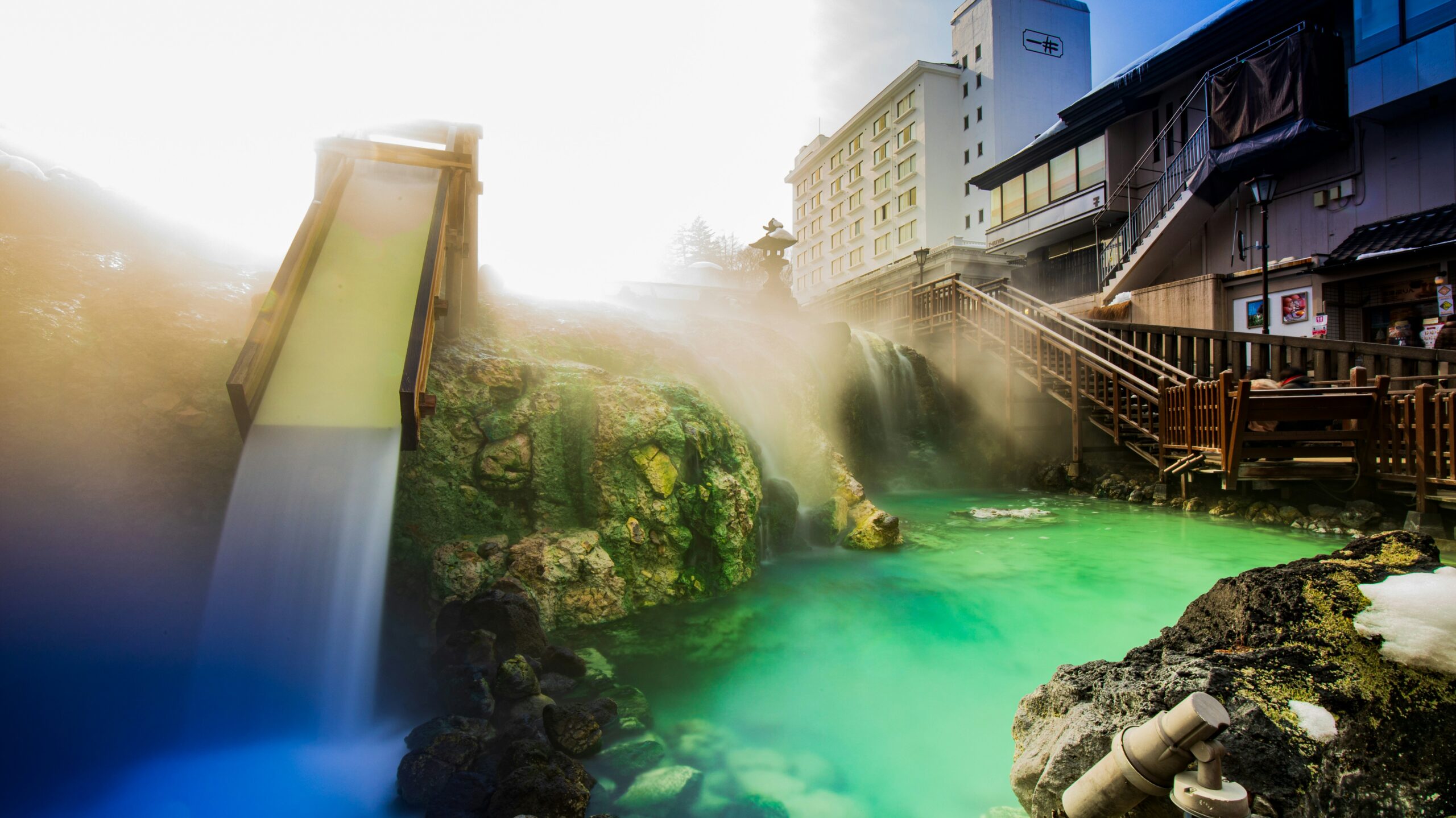
🌾 Japan’s Stunning Countryside Villages
If you’ve ever wanted to see what rural Japan truly looks like, these countryside villages are the places to go!
Many of them preserve centuries-old traditions and showcase a slower, more intentional way of life. With thatched-roof houses, rice fields, and quiet lanes, they feel like you’ve stepped back in time.
I’ve come across several that seem to offer a really unique cultural experience, and they’d make a great addition to any Japan trip — especially for those looking to go off the beaten path.
🏘️ Shirakawa-go (Gifu Prefecture)
- Why it’s on my list: This UNESCO World Heritage site is famous for its gasshō-zukuri farmhouses — steep, triangular roofs built to withstand heavy snow. It honestly looks like something from a fairytale.
- What I’m excited to do: Visit the open-air museum, get a panoramic view from the Shiroyama Viewpoint, and if I can manage it, try an overnight stay in one of the traditional homes.
- Best time to go: Winter is absolutely stunning here — snow-covered rooftops and warm light glowing from the windows make it feel magical. But autumn and spring are great too.
🌿 Miyama (Kyoto Prefecture)
- Why it’s on my list: Miyama is only about 90 minutes from Kyoto, but it feels like a completely different world. It’s known for its preserved traditional buildings, especially the iconic kayabuki thatched roofs.
- What I’m excited to do: Bike through the countryside, learn about thatched-roof craftsmanship, and maybe stay in a kominka (traditional Japanese home).
- Travel tip: It’s a great day trip from Kyoto if you want a rural break without venturing too far.
🏯 Ouchi-juku (Fukushima Prefecture)
- Why it’s on my list: This former post town from the Edo period has been beautifully preserved. The entire main street is lined with thatched buildings, and it still feels like you’re stepping back in time.
- What I’m excited to do: Try their local specialty, negi soba (eaten using a green onion as chopsticks!), and take in the old-world vibe that’s become rare in modern Japan.
- Best time to go: I’ve read that autumn is ideal, especially when the village is surrounded by colorful foliage.
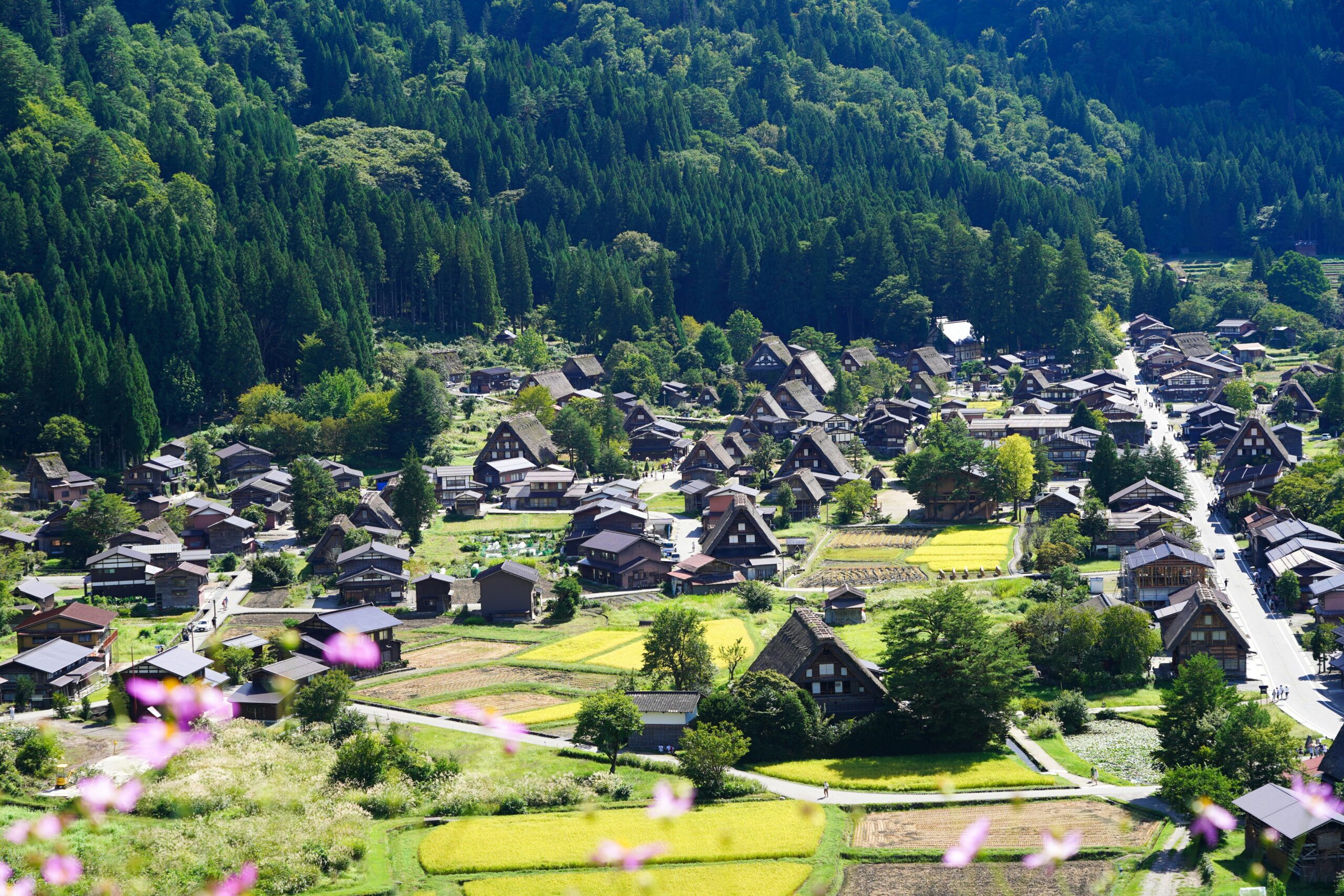
🌲 Forest Walks and Nature Parks
Japan is incredibly mountainous and forested — in fact, around two-thirds of the country is covered in trees. That means if you’re craving a peaceful walk through the woods or a deep breath of fresh air under towering cedars, you’re in the right place.
While researching, I came across a few must-visit nature parks and forest trails that seem perfect for anyone needing to unplug and reconnect with nature — something I definitely plan to do once I’m there.
🌳 Yakusugi Land (Yakushima Island, Kagoshima)
- Why it’s on my list: Yakushima is known for its ancient cedar forests, and some of the trees here are over 1,000 years old. It’s often said to have inspired the mystical forests in Princess Mononoke.
- What I’m excited to do: Walk through the moss-covered trails, stand beside the legendary Jōmon Sugi (Japan’s oldest known tree), and just breathe in the incredibly pure air.
- Travel tip: Yakushima is accessible by ferry or plane from Kagoshima. It’s a bit remote, but the reward is total immersion in one of Japan’s most untouched environments.
🐒 Kamikōchi (Nagano Prefecture)
- Why it’s on my list: Located in the Japanese Alps, Kamikōchi offers alpine scenery, crystal-clear rivers, and tranquil hiking paths. It looks like one of those places that instantly makes you forget city life.
- What I’m excited to do: Take a walk along the Azusa River, cross the scenic Kappa Bridge, and explore the shorter hiking trails that are suitable even for beginners like me.
- Good to know: Kamikōchi is only open from late April to mid-November each year due to snow. Private vehicles aren’t allowed in the park, so you’ll need to take a bus from nearby towns like Matsumoto.
🌿 Meiji no Mori Minoh Quasi-National Park (Osaka)
- Why it’s on my list: This hidden gem is just 30 minutes from central Osaka, but it feels like a whole other world. You can follow a peaceful path through the forest to a beautiful waterfall.
- What I’m excited to do: See the Minoh Waterfall, spot wild monkeys, and maybe grab some deep-fried maple leaves (a unique local snack!).
- Travel tip: Perfect as a quick escape from the busy Osaka crowds. The walking trail is well-maintained and great for a few hours of nature time.
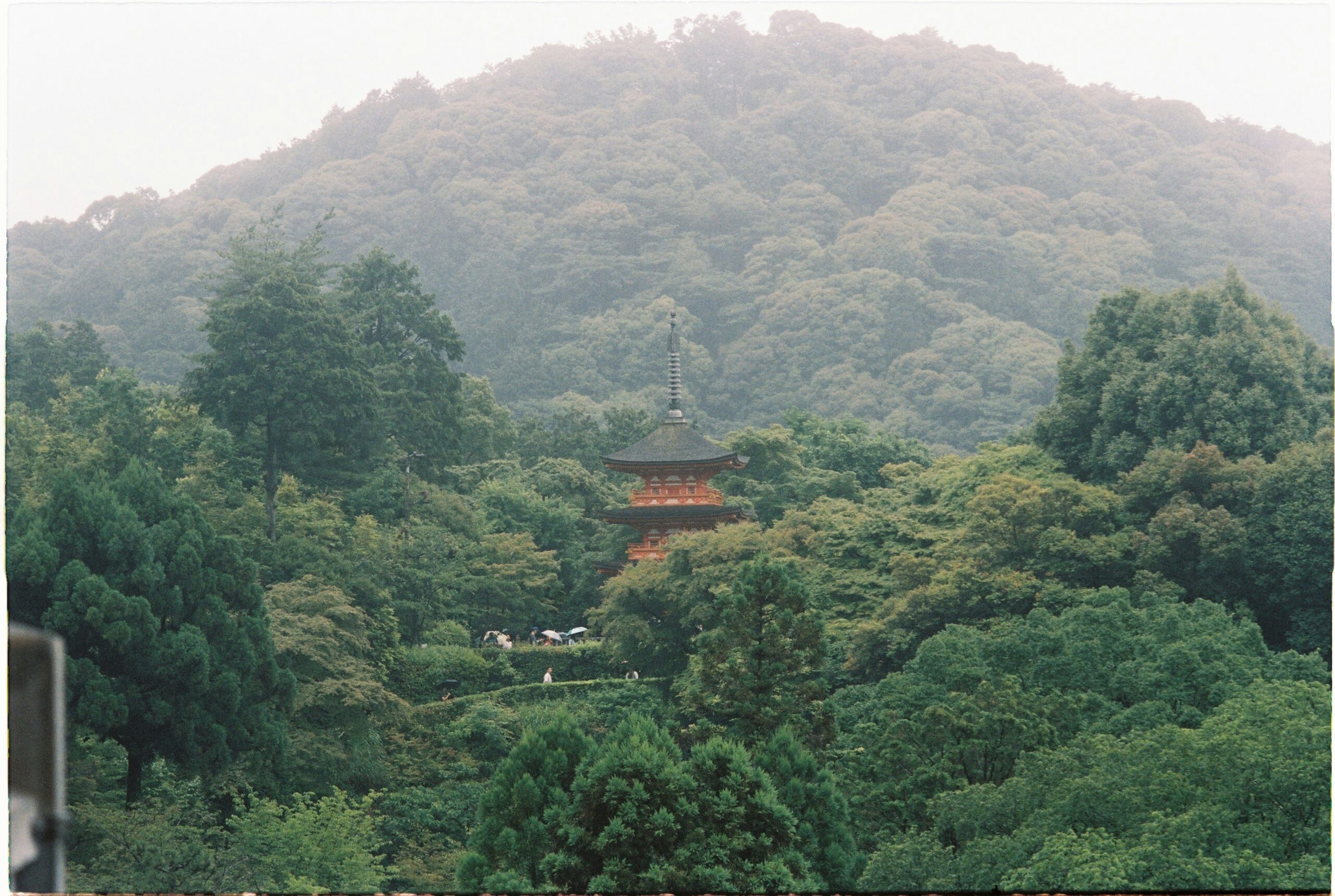
🌊 Coastal Beauty and Seaside Escapes
Japan isn’t just mountains and forests — it’s also a country of stunning coastlines, hidden beaches, and scenic islands. Whether you’re dreaming of a quiet walk by the sea or an ocean view from a mountaintop, Japan’s coastal escapes offer a lot of variety.
From dramatic cliffs and hidden beaches to chilled-out fishing villages and island getaways, the coast offers a totally different vibe compared to the mountains or countryside. If you love the sound of the ocean, seafood, and slower travel days, these coastal spots seem like a dream. They’d be perfect for weekend trips or even as peaceful places to stay a few nights while recharging.
⛱️ Amami Oshima (Kagoshima Prefecture)
- Why it’s on my list: Amami is one of Japan’s lesser-known subtropical islands. With clear blue water, untouched beaches, and rich local culture, it feels like a hidden paradise.
- What I’m excited to do: Swim or kayak in the mangrove forests, relax on Ohama Beach, and explore the island’s unique Ryukyu-style culture.
- Good to know: Flights from Tokyo or Osaka are available and surprisingly affordable if booked in advance!
🏄 Shirahama Beach (Wakayama Prefecture)
- Why it’s on my list: A white-sand beach that looks like it belongs in Okinawa — but it’s only a few hours from Osaka! Shirahama also has onsen baths overlooking the ocean, which sounds incredible.
- What I’m excited to do: Take a sunset dip in Saki-no-yu Onsen, chill by the beach, and maybe visit the nearby Adventure World if I’m in the mood for something fun and quirky.
- Travel tip: JR Shirahama Station is accessible by limited express train, and some ryokan offer free shuttle service.
🌅 Ine no Funaya (Kyoto Prefecture)
- Why it’s on my list: This seaside town is famous for its funaya — traditional houses built right on the water with boats stored underneath. It’s sometimes called the “Venice of Japan.”
- What I’m excited to do: Take a boat tour of the bay, enjoy fresh seafood, and stay in one of the waterfront guesthouses if possible.
- Extra tip: It’s a bit hard to get to without a car, but there are buses from Amanohashidate, which is also a scenic spot worth visiting.
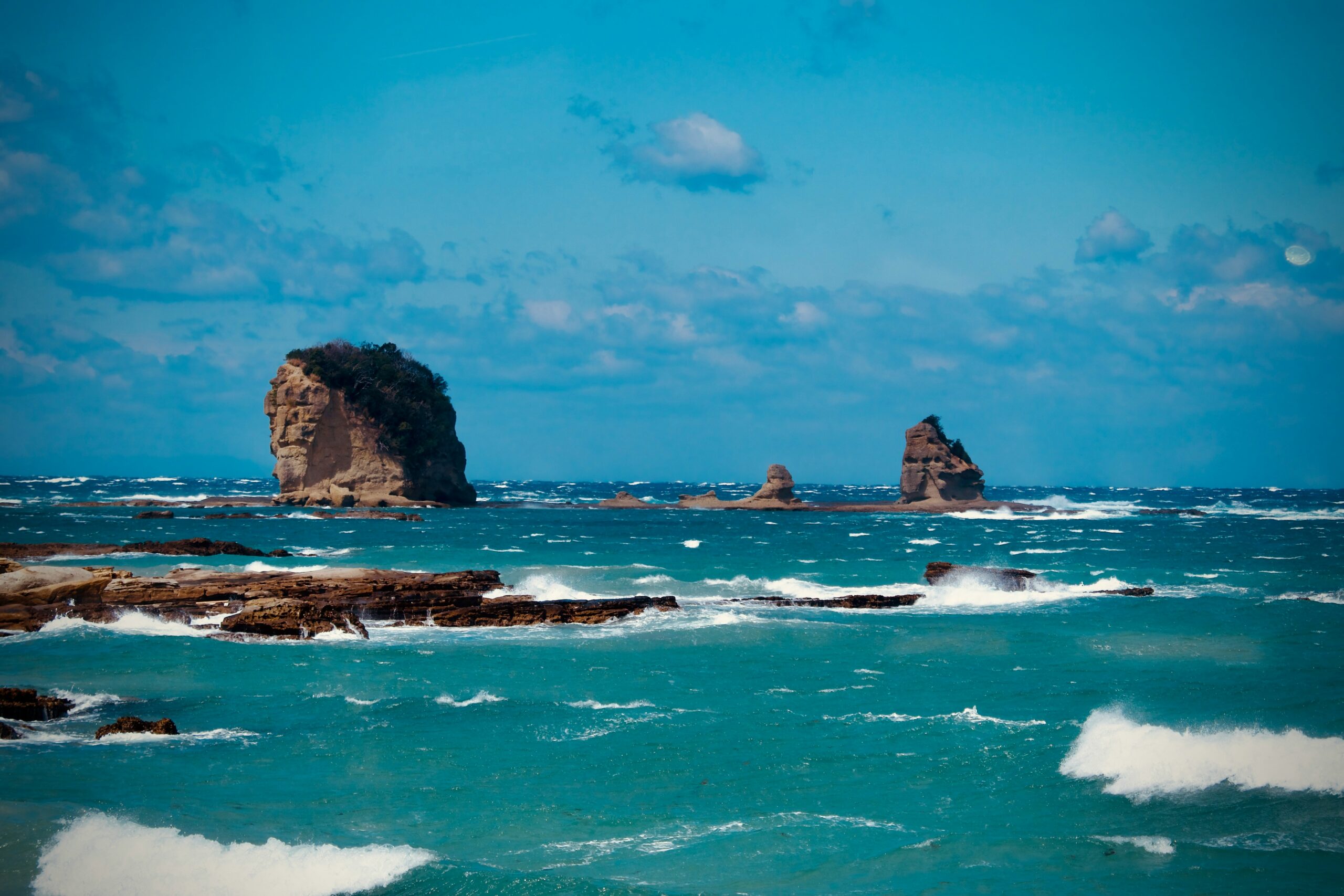
🧭 Final Thoughts and Practical Tips
While planning trips to Japan’s natural areas, I’ve realized how important it is to balance exploration with downtime. These kinds of escapes offer a chance to breathe, reflect, and enjoy the quieter side of Japan — and they’re worth weaving into any itinerary.
I’ve included a few practical tips and notes below that might help you get the most out of your nature travels, including transportation suggestions and planning advice to avoid any surprises along the way.
🎒 Pack smart, pack light
- Even for day trips, Japan’s weather can change quickly — especially in the mountains. Bring a light waterproof jacket, portable phone charger, and cash (some remote spots may not take cards).
- If you plan to hike, get good quality walking shoes or hiking boots. Japan’s trails can be rocky or uneven in rural areas.
🚃 Use trains and buses wisely
- Use a regional JR Pass or IC card (like PASMO or Suica) to save money and travel easily. Trains are super convenient, but some rural places need buses, which don’t run often.
- Always check schedules in advance, especially for areas like Kamikōchi or Ine no Funaya, where buses stop early or don’t run frequently.
📱 Apps that help you plan smarter
- NAVITIME Japan Travel – Great for transit planning (with options for scenic routes).
- Google Translate – Essential if you’re going off the beaten path.
- Japan Travel by JNTO – A great app with curated destination ideas, maps, and filters.
- YAMAP or AllTrails – For safe hiking with GPS even offline.
♨️ Try rural ryokan or minshuku stays
- Many countryside areas offer traditional guesthouses or family-run inns with meals and a local touch. Look for stays that include an onsen bath — some are outdoor with nature views!
- Check Booking.com, Rakuten Travel, or Jalan.net — or even local tourism websites for lesser-known places.
🍱 Enjoy the food — it’s part of the journey
- Small towns often have their own local delicacies like river fish, soba noodles, or seasonal fruit.
- Convenience stores can be a lifesaver if there’s nothing else open — stock up on snacks and drinks before heading out.
✍️ Final note
I’m planning to visit many of these places during my own time in Japan — and just researching them has made me even more excited to explore the natural, peaceful side of the country. Whether you’re into hiking, relaxing by the sea, or soaking in mountain onsen, Japan has a nature spot for you.
I hope this guide helps you plan your own adventures — and if you’ve got a favorite spot I haven’t mentioned, I’d love to hear about it in the comments 😊
